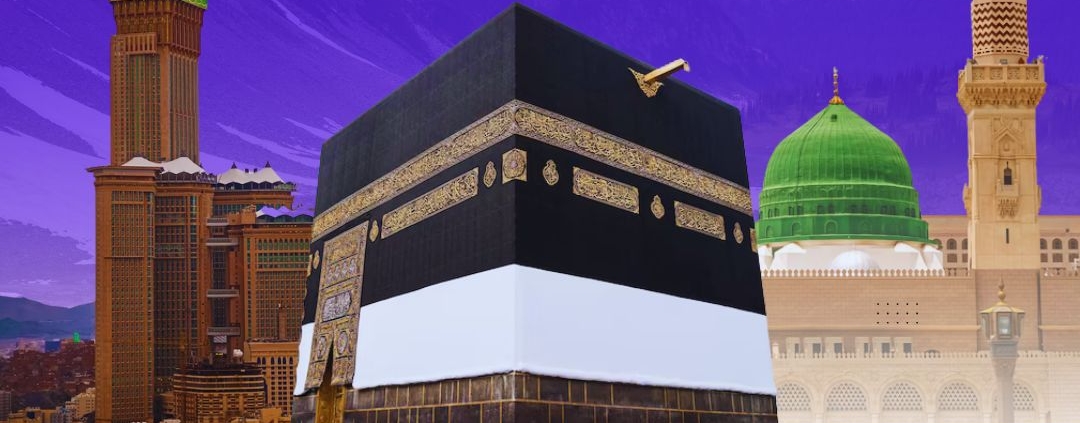What are 5 Facts About the Kaaba?
The Kaaba is the most sacred site in Islam, located in the heart of Masjid al-Haram in Makkah, Saudi Arabia. Muslims all around the world face this sacred cube-shaped structure during their daily prayers, making it a symbol of unity and devotion. Its importance lies not only in its spiritual status but also in its rich history and traditions that have been passed down for centuries. For those answering the Call for Umrah or Hajj, visiting the Kaaba is the highlight of their pilgrimage. Here are five fascinating facts about the Kaaba and the deep-rooted History of Kaaba.
1. The Kaaba Was Built by Prophet Ibrahim (AS) and His Son
One of the most significant aspects of the History of Kaaba is its origin. Muslims believe that Prophet Ibrahim (AS) and his son, Prophet Ismail (AS), built the Kaaba on Allah’s command as a house of worship. It was constructed as a symbol of monotheism, and its purpose was to dedicate worship solely to Allah. This makes the Kaaba not only a physical structure but also a spiritual symbol that dates back thousands of years.
2. The Kaaba Has Been Reconstructed Multiple Times
Although the Kaaba’s foundation remains the same, its structure has been rebuilt and renovated several times due to natural disasters and the passage of time. Floods, fires, and wear have all led to repairs throughout the centuries. The most notable reconstruction took place during the time of Prophet Muhammad (PBUH), when he helped resolve a dispute among tribes by placing the Black Stone back in its position. This shows how the Kaaba has been preserved carefully to honor its sacred role in Islam.
3. The Black Stone Holds Great Significance
Located at the eastern corner, the Black Stone (Hajar al-Aswad) is an object of reverence. Pilgrims strive to touch or kiss it while performing Tawaf, although it is not mandatory. The stone is believed to date back to the time of Prophet Ibrahim (AS) and was sent from heaven. Even though it has been damaged over time, Muslims cherish it as a direct connection to the History of Kaaba.
4. The Kaaba’s Covering is Called the Kiswah
Every year, the Kaaba is draped with a new covering called the Kiswah. Made from black silk and embroidered with Quranic verses in gold thread, the Kiswah is one of the most striking features of the Kaaba. The replacement occurs annually during the Hajj season, symbolizing renewal and reverence.
5. The Kaaba is the Qibla for All Muslims
Perhaps the most unifying fact is that Muslims across the globe face the Kaaba during their prayers. This direction, known as the Qibla, signifies unity, equality, and devotion in Islam. Whether a person prays in Makkah or miles away in another continent, they are spiritually connected to the Kaaba.
Final Thoughts
The Kaaba is more than just a sacred structure; it is a symbol of faith, unity, and devotion. From its divine origins with Prophet Ibrahim (AS) to its role as the Qibla for Muslims worldwide, the History of Kaaba continues to inspire believers. For those embarking on the Call for Umrah or Hajj, standing before the Kaaba is a moment of deep spiritual connection that remains unmatched.











Leave a Reply
Want to join the discussion?Feel free to contribute!